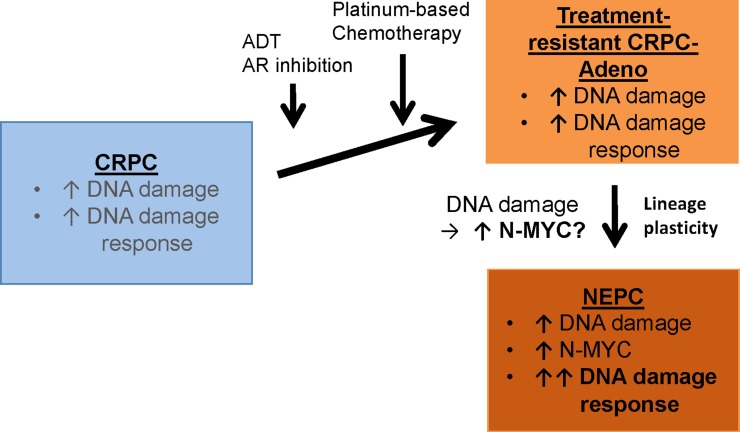Figure 1. Association of increased N-MYC-mediated DNA damage response with neuroendocrine prostate cancer.
Androgen deprivation therapy (ADT), AR inhibition therapy, and platinum-based chemotherapy leads to treatment-resistant, castration-resistant prostate cancer (CRPC). A subset of these cancers progress to neuroendocrine prostate cancer (NEPC), a highly metastatic disease that can exhibit small cell morphology and neuroendocrine differentiation. Zhang et al. recently demonstrated increased DNA damage response (DDR) gene expression in NEPC compared to CRPC with adenocarcinoma morphology, and further identified the MYCN-PARP-DDR pathway driven by N-MYC transcriptional regulation of PARP1, PARP2, and DDR genes [6]. This report links NEPC with increased DDR expression and establishes a novel N-MYC-driven molecular pathway for biomarker development and targeted therapy approaches. The MYCN-PARP-DDR signaling pathway identified in NEPC may be required to contain the deleterious effects of DNA damage that might occur prior to and during the transition from CRPC-Adeno to CRPC-Neuro.

